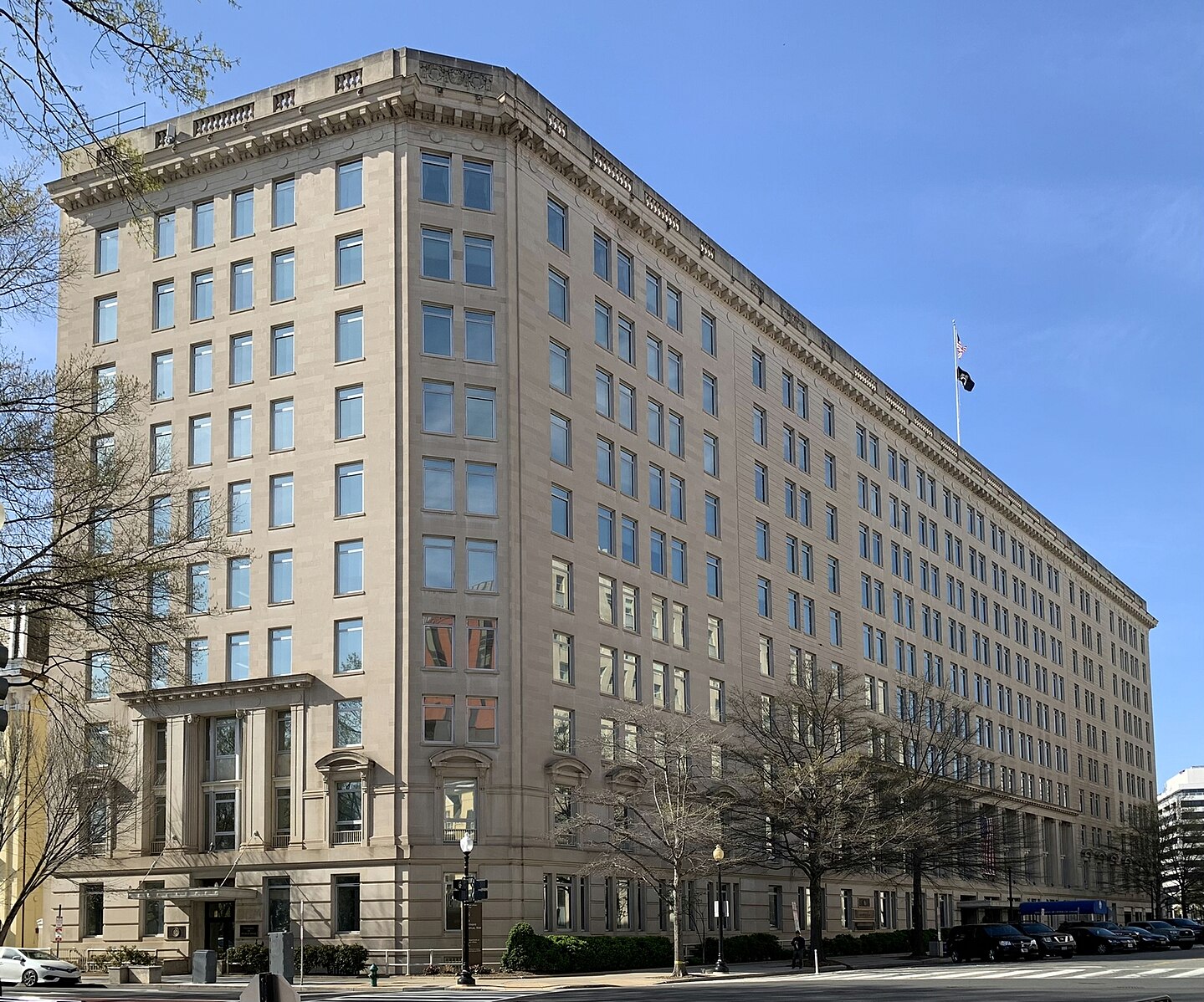Over the past couple months, the Trump administration has fired approximately 2500 people at the Department of Veterans Affairs (VA), which provides lifelong healthcare services and non-healthcare benefits such as disability compensation, home loans and life insurance to veterans. There has been widespread outrage among veterans in response to the administration’s actions thus far, but Trump and VA Secretary Doug Collins remain set on tightening the screws.
Timeline of Staffing Cuts
- January: Firing of 60 staff involved in DEI efforts
- February 13, 2025: Firing of 1000 staff
- February 26, 2025: Firing of 1400 staff
- VA Secretary Doug Collins claimed the Department had saved $2 billion by cancelling contracts that were not providing necessary services to veterans, before walking the move back and promising a “line by line” review of contracts to ensure nothing unintended was cut.
- VA Secretary Doug Collins claimed the Department had saved $2 billion by cancelling contracts that were not providing necessary services to veterans, before walking the move back and promising a “line by line” review of contracts to ensure nothing unintended was cut.
- March 5, 2025: Associated Press reported that an internal memo outlined planned cuts of 80,000 staff
Why do these cuts matter?
The VA is responsible for administering services including healthcare, mental health care, and education and housing support to millions of veterans in the US. The agency, which (until this year) employed around 480,000 people, is the second largest federal agency, trailing only the Department of Defense.
The VA is far from perfect. As we’ve argued before, contracting reform is sorely needed to expand veterans healthcare options so they are not trapped in the current system in which, e.g., two large corporations, who receive the bulk of funding from federal contracts for dialysis, regularly provide sub-par care. However, haphazardly cutting staff and funding from the Department—not to mention dismissing VA Inspector General Michael Missal, whose office saved the agency up to $45 billion during his decade-long tenure—is not likely to achieve this goal.
Who will be affected?
First off, at an agency where 25% of the staff are veterans themselves, these firings directly affect many veterans.
What’s more, the cuts are likely to severely limit veterans’ access to benefits and other services. The Trump administration claims that these dismissals will free up over $80 million, which will be redirected to provide more services to veterans. However, those with a clear working understanding of VA operations, such as staffer and veteran Rachel E. Howard, argue that cutting qualified staff will push VA services out of reach, ultimately harming the millions of veterans across the country who rely on them.
Many veterans groups agree. Multiple protests have been organized across the country over the past few weeks, particularly on March 14, where at gatherings in the state capitols of Florida, Minnesota, Ohio, New Hampshire, and other states, and in Washington, D.C., veterans expressed anger and concern over the Trump cuts.
Ironically, many of the states most likely to be affected by the cuts are Trump-supporting states—Florida, Texas, and Pennsylvania have some of the largest shares of veterans as a share of their total populations.
Who benefits?
As we’ve called attention to in the past, while the VA provides much-needed services, like the rest of the federal government, their contracting and procurement processes need to change. There is a long history of private companies contracted by the VA to provide healthcare services engaging in fraudulent practices like overbilling (as many federal contractors do, unfortunately), stealing taxpayer dollars for private profit, and siphoning off resources that should be ensuring higher quality care for veterans.
One prime example is the duopoly of dialysis providers— Fresenius and DaVita, the largest VHS contract recipients—that, according to a VA Inspector General report spanning 2021-2022, provided services to 82 percent of veterans who received dialysis services through the VA. As my colleague Toni Aguilar-Rosenthal reported last year, “That functional duopoly has created a reality in which ‘dialysis has turned from a miraculous life-saving medical innovation of the 1960s into a legal morass full of pointless death and moral injury.’ That includes clinics over-administering dialysis to deadly effect, providing disproportionately poor health outcomes for ethnic and racial minorities, retaliating against patients who raise too many concerns, and more.”
While the Trump White House has claimed they are addressing the kind of fraud and abuse perpetrated by federal contractors in threatening to slash VA contracts, the reality is that indiscriminate cuts and changes will not disrupt patterns of extraction and theft of public funds by private corporations. And certainly, Trump, Musk, and their chosen VA Secretary, Trump loyalist Doug Collins, are more aligned with the billionaire executives of private healthcare companies emptying the public coffers than with sick veterans in need of better healthcare.
The Project 2025 mandate of encouraging privatization and cutting public services will only benefit extractive companies like the dialysis duopoly, as veterans and others seeking lifesaving care are forced to access it without public funding—if they can.

